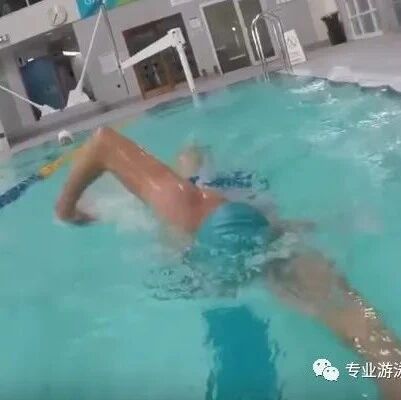How to tackle tough challenges in self-learning? The joy of a swimmer.


1. Challenges encountered during self-study
Learning that merely involves mechanically memorizing others' summaries of experience and existing theoretical knowledge can hardly be called true learning. It’s as if your precious brain—equivalent to a computer’s CPU—is forcibly reduced to the role of a hard drive, trapped in this fake imitation of education. What a waste of potential! Such superficial "learning" inevitably leads to brain damage—commonly referred to as "wasting your brain"—and makes the entire learning process unbearably painful. Even machines, when faced with insufficient storage capacity, have no choice but to either expand their storage space or compress existing data—neither option brings any joy or fulfillment.
Once you truly start engaging your mind—treating your precious brain like a real CPU—learning naturally becomes enjoyable. While hands-on experience, trial-and-error, and continuous improvement certainly demand effort, this kind of authentic learning inevitably leads to real challenges. Yet, the process itself is deeply rewarding and endlessly captivating. Otherwise, who would willingly—and consistently—choose to endure the struggle?
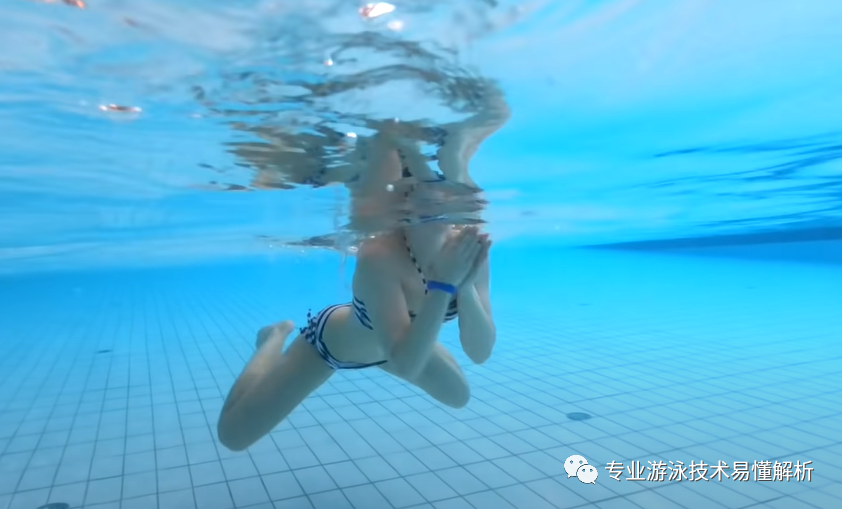
With their eyes, ears, mouth, nose, tongue, and skin—our sensory organs—human beings lay the foundation for emotional experience. These senses are all designed to awaken the most powerful of all sensory organs: the heart. This activation process can occur either directly or indirectly, and it’s deeply intertwined with the brain’s thought processes. Thus, enlightenment is not just an emotional journey but also a rational one. Yet, if we lose touch with emotional insight, the mind may spiral into obsession and madness; conversely, if we abandon rational understanding, our inner world risks descending into chaos and disorientation.
In the process of gaining insight, two key elements stand out: first and foremost, passionate curiosity and the joy it brings are essential—these come before rational logic and empirical evidence. Generally speaking, the stronger your curiosity, the more profound the pleasure you derive from exploring a subject. It’s only when you’re emotionally driven by this curiosity that you develop a genuine desire to learn—and only then can your rational thinking truly deepen. Thus, actively seeking out and experiencing the joy of learning not only fuels deeper, broader thinking but also fosters a mutually reinforcing cycle. Over time, cultivating this balanced approach to learning naturally nurtures and enhances your capacity for insight.
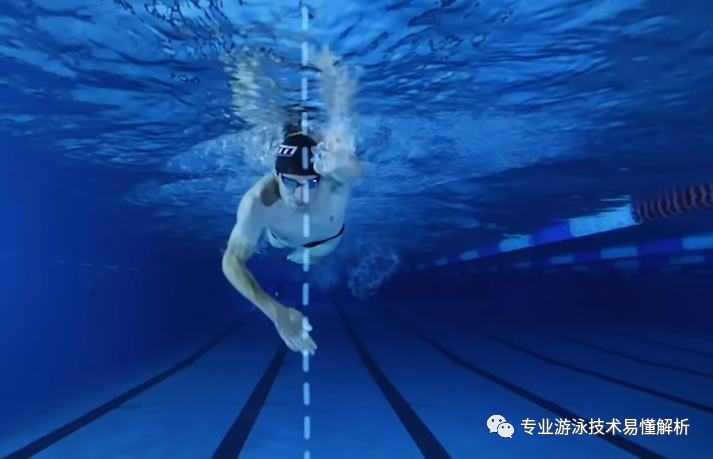
3. The Joy of Swimming
When you encounter doubts or difficulties while learning to swim on your own, don’t rush to find answers or push through the challenges right away. Instead, take a moment to calm down, fully immerse yourself in the experience, and start by feeling the water—sensing its resistance, noticing how your body moves, and deepening your connection with the water. This will help your body better understand the sensation of being in the water and refine your ability to control your movements. Additionally, recording yourself on video can help you identify and correct any misalignments in your technique, allowing many issues to resolve naturally over time. Of course, some level of pressure is essential when facing challenges—but at the same time, enjoyment remains a crucial factor. No one can sustain long-term, monotonous, mechanical practice without a sense of fun. That’s precisely why people often turn to strategies like "checking in" or setting measurable goals: these methods are designed to inject a bit of enjoyment into the process. Though, ultimately, this kind of "fun" might still feel somewhat artificial compared to the genuine joy that comes from mastering the skill itself.
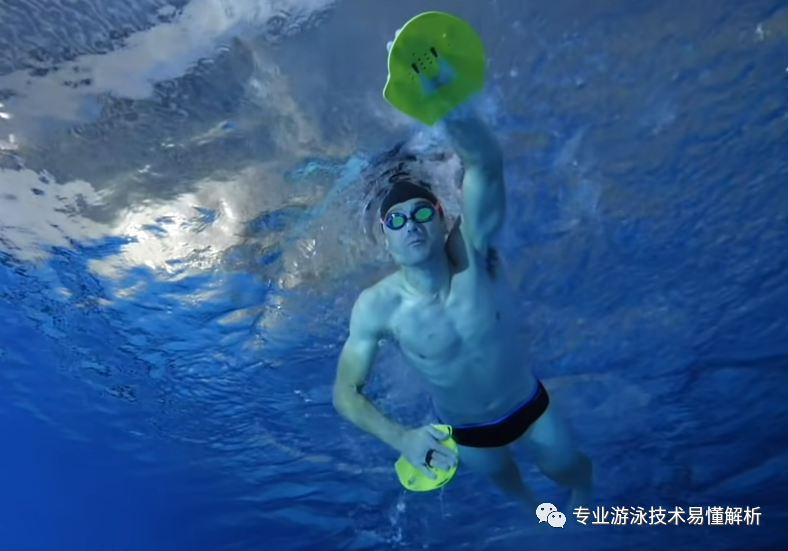
True enjoyment is what gives rise to true mastery—those who achieve it are often called naturally gifted, but in reality, talent is simply the ability to find joy in the process. When kids hesitate to dip their mouths or noses underwater, encourage them to start by blowing bubbles or retrieving goggles that have accidentally fallen to the pool’s bottom. If they’re afraid of backstroke, help them focus instead on gazing up at the clear blue sky and fluffy white clouds. And when they struggle to relax and float freely in the water, suggest they try the "knee-to-chest dolphin float." In short, guide them subtly yet effectively—using a "feint to the east while striking to the west"—to rediscover the sheer fun of swimming. That way, learning to swim will no longer feel like a daunting challenge.
For adults, the so-called "false pleasures" mentioned above can often be highly effective tools—but that doesn’t mean we should overlook the real joys of swimming. Relaxing your mind and body in the water, embracing its gentle embrace, strengthening your physique, and even deepening your understanding of the Taoist principle "the highest good is like water"—these are all genuine sources of delight in the swimming experience.
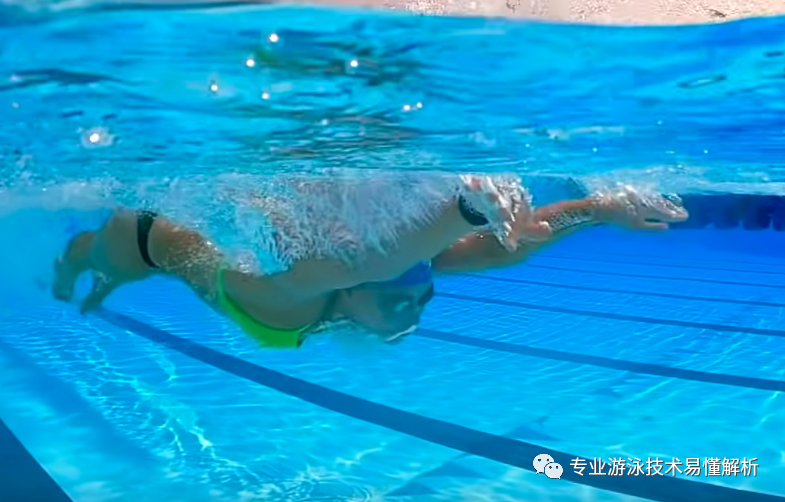
One WeChat official account shares swimming tips, while another focuses on software insights, online resources, and reading experiences.
Thank you for your supportive and encouraging likes, as well as the comments that spark meaningful conversations—and even more, we’d love to see those shares and retweets!


